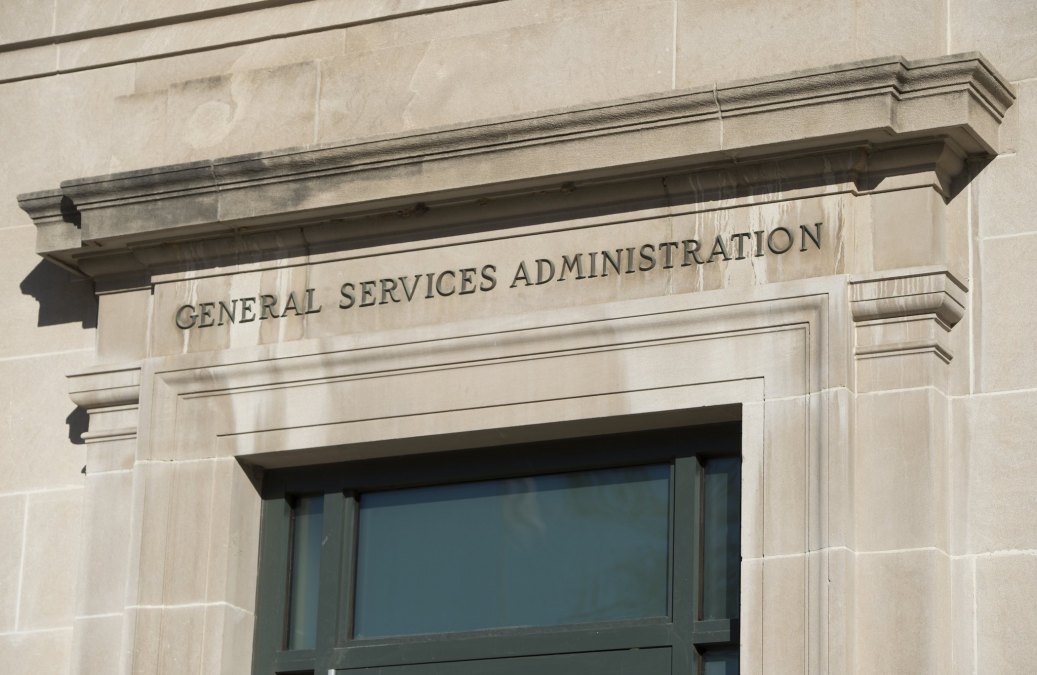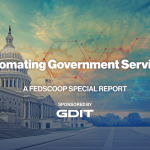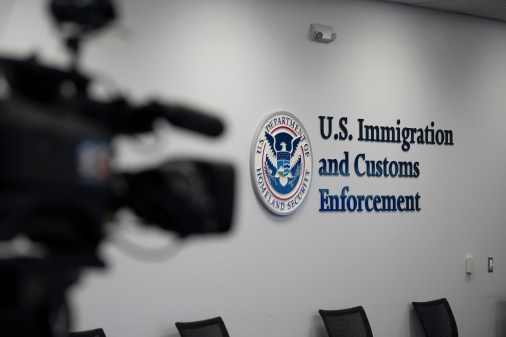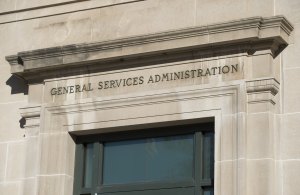GSA leads rise in automation projects governmentwide

The General Services Administration has saved about 50,000 labor hours in 2021 alone by automating work.
On top of that, a dozen machine learning and artificial intelligence projects are in the pilot or developmental phase, while four more are fully operational, according to an agency spokesperson.
The projects are part of GSA‘s “eliminate, optimize or automate” effort over the last two years, an effort that’s only speeding up over time, the spokesperson said.
“We expect that the velocity of AI/ML adoption will accelerate similar to our [robotic process automation] program over the next few years,” the spokesperson said. “The various pilots and projects are on different deployment timeframes but cover all our primary mission areas including Public Buildings Service, Federal Acquisition Service, finance, IT and HR.”
One such project is the Solicitation Review, which uses supervised ML to predict whether federal IT solicitations posted to beta.SAM.gov are compliant with Section 508 of the Rehabilitation Act, which lays out IT accessibility requirements. The tool helps GSA employees more efficiently review solicitations and reduces the risk of noncompliance.
A second automation project is a virtual assistant that provides employees with IT self-help capabilities.
GSA doesn’t rely on one procurement method for AI services, instead using a number of contracts to encourage competition and equity among small and disadvantaged businesses. Such contracts are made available to other agencies as well.
Automation spans a number of technologies including ML, natural language processing, chatbots and RPA — the last of which is often the lowest-hanging fruit for agencies. The State Department, Social Security Program, U.S. Patent and Trademark Office, Department of Labor, Army, Air Force, and Navy are among the agencies that have RPA programs.
A big reason automation projects are on the rise governmentwide is the Federal RPA Community of Practice (CoP) and its voluntary leadership team within GSA, said Jim Walker, chief technology officer at UiPath, during a recent ACT-IAC event.
The government-only user group launched in 2019 and has grown to 69 member agencies and about 1,200 attendees on monthly calls.
In November, the CoP issued a State of Federal RPA report —the first detailed review of the technology across government. The report found a 110% increase in deployed automations between fiscal 2019 and 2020.
Additionally, the report found a 195% increase in capacity hours created.
The CoP created a maturity model for agencies to gauge their RPA progress and saw a 70% increase in Level 4 projects, which went from zero to five between fiscal 2019 and 2020.
While only 23 agencies participated in the first report, that number should grow with enthusiasm for RPA.
GSA Chief Financial Officer Gerard Badorrek recently oversaw a 100-day, industry-wide challenge to create RPA solutions that improved the experience for agencies submitting budget justifications. A total of 10 RPA solutions came out of the event, and 12 employees were trained in the technology.

This story was featured in FedScoop Special Report: Automating Government Services - A FedScoop Special Report





